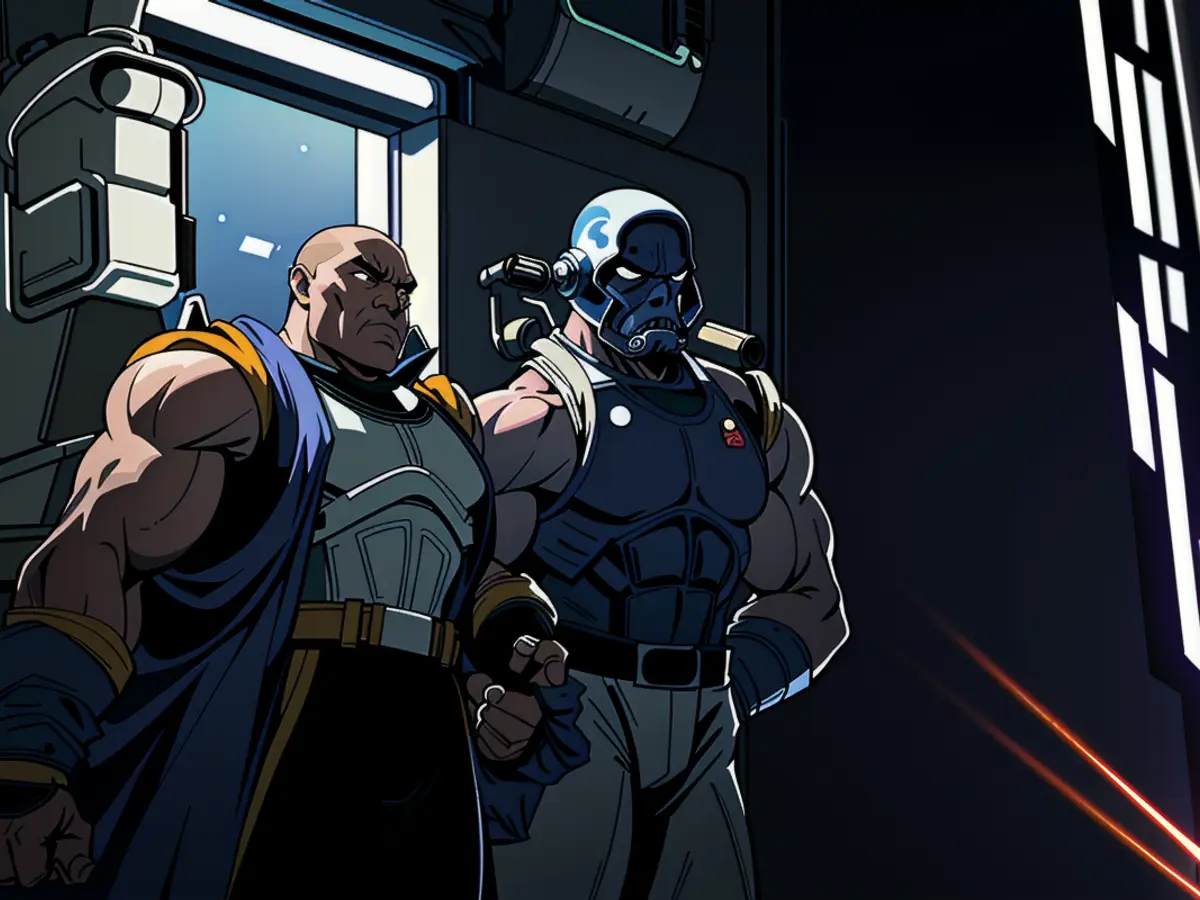Rebooting the Nvidia AI Showcase: Perspectives from CES 20XX
Title: Nvidia's AI NPCs: Exactly as Annoying as Real-Life Gamers
The limelight at CES 20XX may have been stolen by the RTX 50-series GPUs, but for Nvidia, the real star of the show was AI. In Nvidia's ideal world, AI would seamlessly integrate with your PC, replacing the need for cloud processing in games. Though the potential applications of AI were on full display, the demos unitedly presented a work-in-progress scenario.
AI-Powered Gaming Innovations
One prospective development shown was Nvidia's text-to-body motion framework for developers. While it holds promise, its impact on professional animators remains to be seen. Another expected change comes by way of sophisticated AI lip-syncing and "autonomous enemies" in games, hoping to turn monotonous boss fights into spontaneous battlegrounds for both players and foes.
Somewheres and Nowheres with AI in Gaming
In terms of renovating classic NPC or enemy AI, the demonstrations did not fully deliver. For instance, the AI-assisted "Ally" in PUBG: Battlegrounds, while entertaining, proved far from a breakthrough in AI-driven gameplay. The parody of co-op AI, complete with programmed dialogue, fell short of mirroring human-like interaction.
Similarly, while AI had a role in Krafton's inZOI, a life simulator, it struggled to imbue the game with the same charm as its predecessors. The AI's decision-making skills appear far from true-to-life, leaving one wanting for authenticity.
Nvidia's Previous Experiments with AI in Gaming
Previously, Nvidia's ACE technology was introduced in games, particularly the battle royale game, PUBG: Battlegrounds, resulting in mediocre voice lines. Unfortunately, Nvidia's AI NPCs failed to debut this time, and the company opted instead to showcase a demo for ZooPunk, which featured AI voice lines adorning the game's characters.
The demonstration saw the AI mismanaging tasks as simple as changing the color of a spaceship, further alluding to the limitations of Nvidia's AI progress in gaming. The AI's understanding of visual and text-based prompts continues to suffer from a stiff, repetitive nature, as demonstrated in its uninspired responses.
AI's Role in Streaming and Desktop Companion Apps
The star of Nvidia's AI desktop showcase was the new G-Assist, an AI-driven chatbot capable of optimizing settings within Nvidia's apps. The chatbot boasts real-time performance monitoring and adjusts settings based on your hardware.
However, while AI has the potential to revolutionize the gaming landscape, many of its real-life applications unveiled--from assisting streamers to offering a virtual buddy--fall short of offering an engaging and exceptional user experience, although they hold promise for intriguing possibilities.
In conclusion, AI has the potential to revolutionize the landscape of gaming, furnishing games with more realistic and interactive characters. That said, AI still has a ways to go before fully reaching that potential, and its integration into popular games faces challenges, such as development time and quality concerns and the struggle to monetize AI-created games.
The text-to-body motion framework for developers, as shown by Nvidia, could significantly shape the future of tech and gaming, providing more life-like character representation. In the future, AI-powered lip-syncing and autonomous enemies could revolutionize boring boss fights, creating more immersive gaming experiences.
Despite the promising advancements in AI technology, the current implementations in gaming, such as AI-assisted NPCs, often struggle to mimic human-like interactions and decision-making skills, leaving room for improvement.








